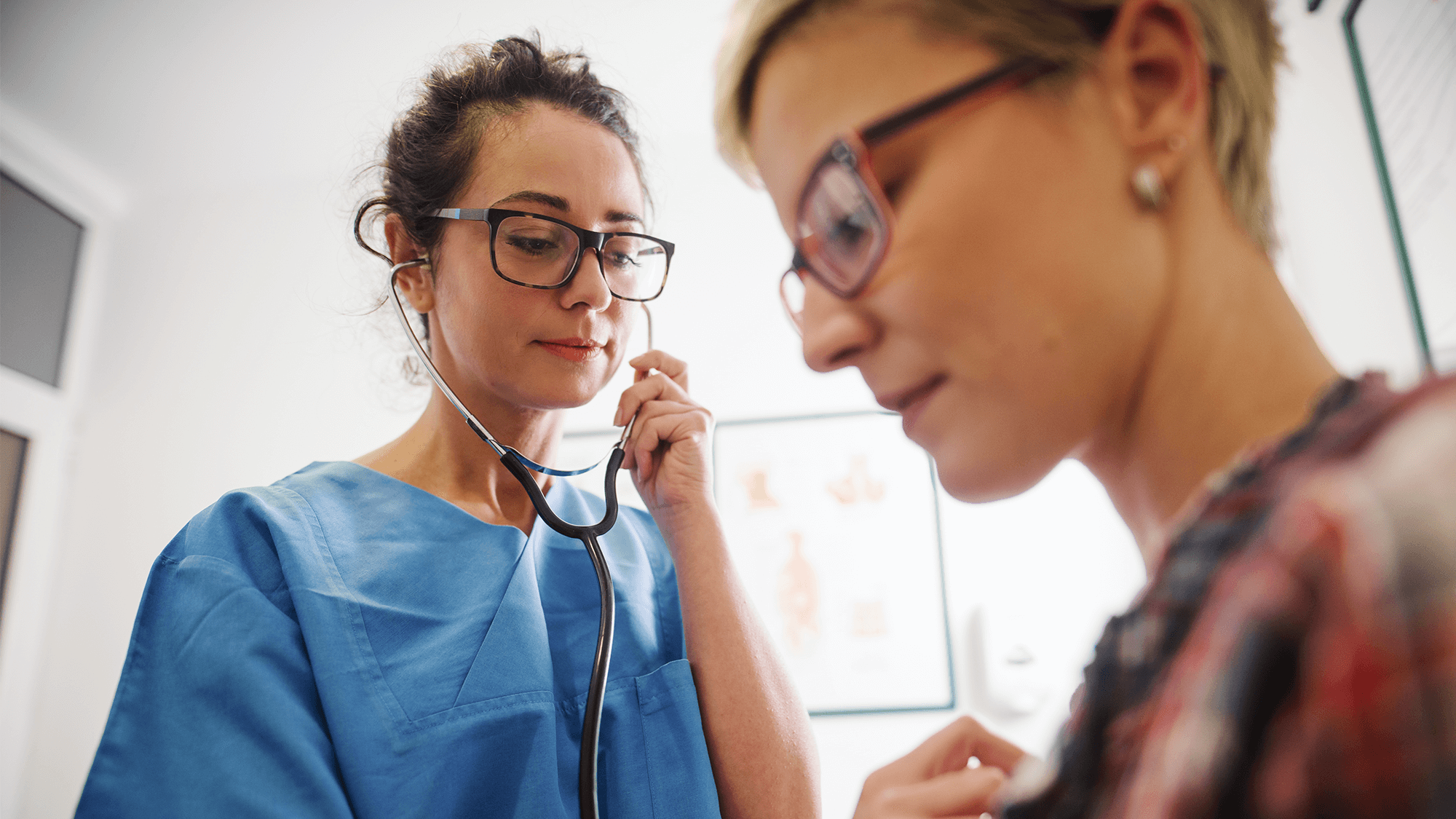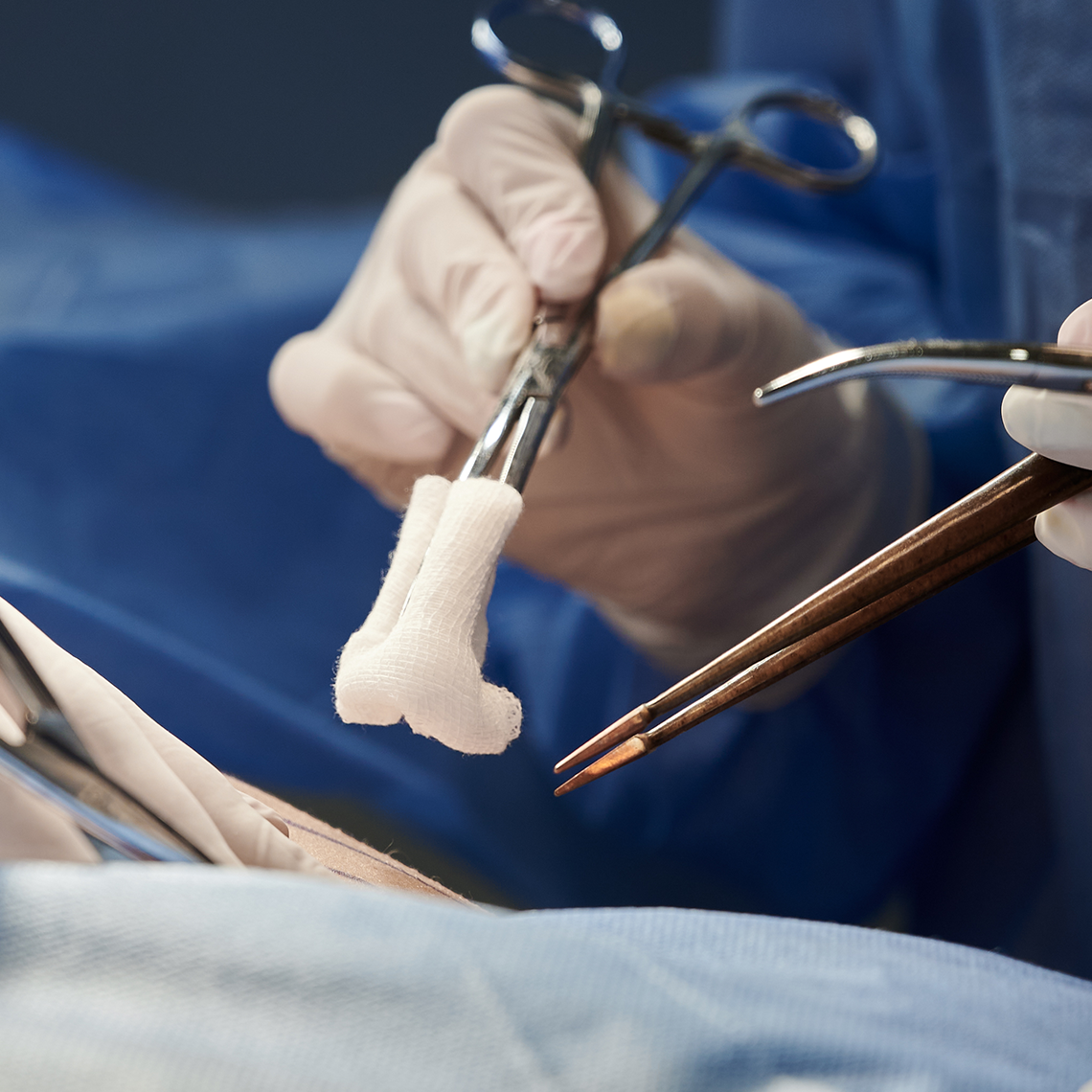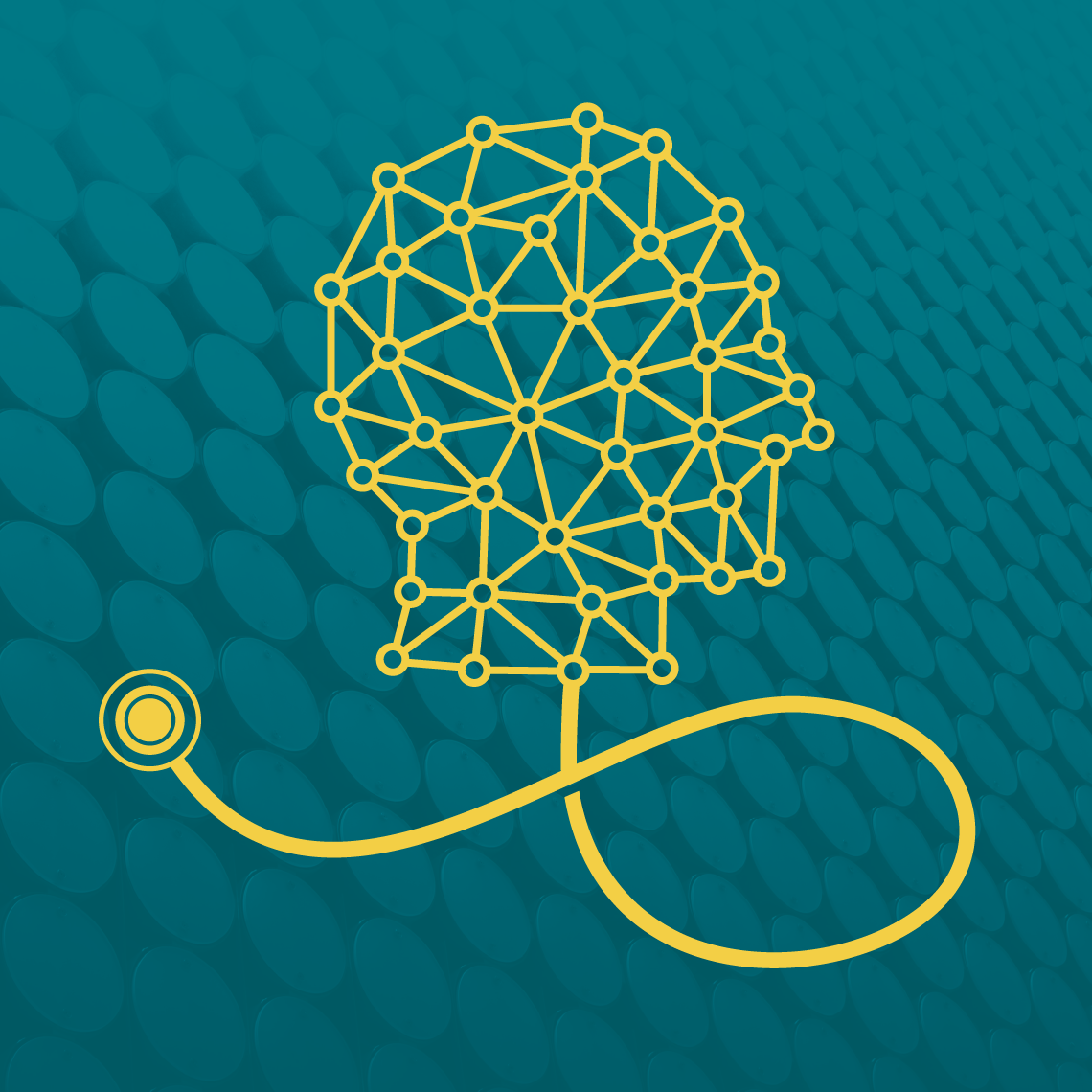Podcast
Higher Malpractice Risk with Advanced Practice Providers? Data Say Not Really
Nov 28, 2023

“Quite simply, it is something that everybody’s interested in. There is just an explosion of advanced practice providers amongst both our members and our client organizations, so it’s a very logical thing for us to want to take a look at what kind of risks they’re posing.”
Jonathan Einbinder, MD, MPH
Vice President for Advanced Data Analytics and Coding, CRICO
Nurse practitioners and physician assistants, often known as Advanced Practice Providers or APPS, are entering health care at a very fast pace. Harvard Medical School researchers found that the proportion of all U.S. health visits provided by APPs rose from 14 percent to 25 percent between the years 2013 to 2019. The U.S. Bureau of Labor Statistics estimates that the number of nurse practitioners will increase by 80 percent, and physician assistants will go up by 50 percent between 2019 and 2030. The number of physicians is only expected to rise by 5 percent. Does this increased prevalence of non-physician patient care mean an increased risk to patient safety?
Dr. Jonathan Einbinder is an internist in primary care and is Vice President for Advanced Data Analytics and Coding at CRICO, whose data division, Candello, just released its annual benchmarking report—this year analyzing APP and physician malpractice risk. It’s called Sea Change in U.S. Care Delivery: Analysis of Advanced Practice Provider and Physician Malpractice Risk.
“Quite simply, it is something that everybody’s interested in. There is just an explosion of advanced practice providers amongst both our members and our client organizations, so it’s a very logical thing for us to want to take a look at what kind of risks they’re posing.”
More than a third of all medmal claims in the U.S. are in the Candello database, from contributing insurers across the country. The topline data do not show an increase in malpractice corresponding to the increased use of APPs. In fact, the claims rate may be declining, adjusting for practice population increases.
According to the benchmarking report, between the years 2012 and 2019, the proportion of professional liability malpractice involving APPs remained at or below 9 percent. They were named as defendants only 2.2 percent of the time.
Julie Higden is a nurse and patient safety director at CRICO, and contributor to the Sea Change benchmarking report. Higden says the data bring some good news for physicians concerned about potential increased medmal risk from increased collaboration with APPs.
“I think the main takeaway is really that despite the large increase in the number of APPs that are entering the workforce that the percentage of times they’re named in or named as defendants in these claims is very low. Additionally, we are seeing that, despite the increase in the number of APPs in the workforce, the percentage of physicians named in these cases is also dropping quite dramatically, about 38% drop in physicians being named as defendants in these cases despite an increase in the APPs in the workforce. One thing that I think we need to dig into a little bit more is that we’re seeing a percentage of claims related to the organization, those are slightly on the increase so those would be naming the hospital, naming the organization. The percentages of those cases seem to be going up a little bit more or naming other employees, nurses, technicians, and so forth.”
Higden points to parts of the analysis that look beneath the surface to see the contributing factor codes that are assigned to the allegations within each claim by clinical experts.
“When we look at the top contributing factors for APPs, they are the same as physicians, so we look at things like incomplete patient assessment or failure to reconcile a sign and symptom or test result, failure to order a diagnostic test or follow-up on a test result. So those sorts of things lead often to a delay in diagnosis, and that’s what we see with physicians and that’s what we see with APP’s as well. So I think what was really interesting is just that sort of side by side those profiles are very similar.”
Among contributors to the Candello database is The Doctors Company, the largest physician-owned medmal insurer in the country. Jackie Ross is the Coding Director from the company’s Division of Patient Safety and Risk Management.
“I think the data is again showing us some signals, but it’s showing us that they’re having similar issues as physicians and that we still need to continue to focus in on those particular factors. And that we have this, that every provider out there has to work at the highest level of their scope of practice, and all providers are at a risk. So they need to be aware of their responsibilities, their scope of practice, and be aware that they do have those risks and the liabilities and they’re alert for those.”
Ross also believes further research is needed to better understand the dynamics of APP-related claims, and potentially prevent them.
“We might want to look at are there differences in the way that the states look at and where they practice, are there differences and risks associated there? Because there’s a lot of differences in how APPs practice statewide. Are there differences based on the level of education for APPs? We have different educational backgrounds for APPs. For example, some are doctorally prepared and some are masters prepared, so is that a difference? That might be something that could be looked at research-wise on outcomes.
“The report doesn’t say that there’s nothing to worry about. What we were able to say and what the report highlights is that we didn’t detect any increase in the risk of malpractice despite the increased use of advanced practice providers. That’s not the same thing as saying there is no risk or that we’re not about to see a risk that isn’t evident in the data yet. So it’s just saying with the lens that we have, we didn’t see any significant increase.”
New codes for contributing factors will include whether the COVID-19 pandemic impacted malpractice claims and APPs. The impact of varying state rules about scope of practice and physician relationships are also important to consider. Another issue is the variability among individual organizations in how APPs are integrated. But Dr. Einbinder says we don’t have to wait for new data or further analysis to begin using the report for improving care delivery:
“One of the most impactful contributing factors has to do with communication among providers. So clearly, at least clearly to me, integrating advanced practice providers into the care team and ensuring effective communication amongst all the members is a very important issue and one of the things that’s necessary to provide safe care. Another contributing factor that we observed showing up for APPs, advanced practice providers, had to do with either the presence of policies and protocols or the failure to follow those policies and protocols. So from that, I conclude that another important aspect to safely introduce these providers into the care environment is having those good policies and protocols, adhering to them, and measuring and providing feedback about adherence to those policies.”
The “Sea Change…” benchmarking report on APP and Physician malpractice risk is available for no charge at www.rmf.harvard.edu/appbenchmark.
I’m Tom Augello for Safety Net.
Commentators
- Jonathan Einbinder, MD, MPH
- Julie Higden, RN, DNP, ONC, NE-BC
- Jacqueline Ross, PhD, RN
About the Series
We’ve got you.
Our Safety Net podcast features clinical and patient safety leaders from Harvard and around the world, bringing you the knowledge you need for safer patient care.
Episodes
Bringing AI Into Medicine and Keeping It Safe
A Net to Catch Patients at Risk of Falling Through the Cracks

Alert on Surgical Items Left Behind in Patients

When a Doctor is Sued: Former Defendant Finds Her Voice


